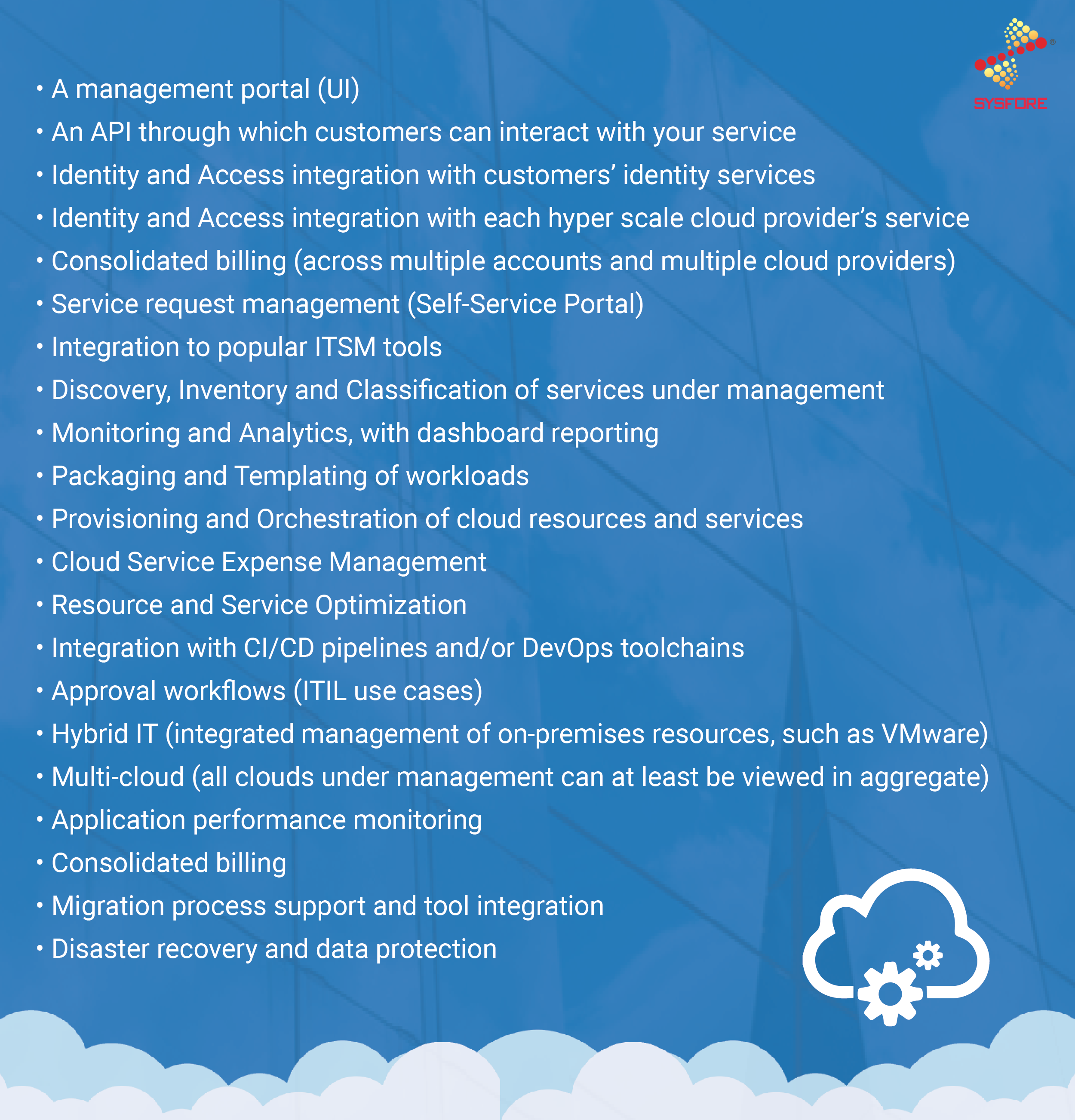Organizations lift and shift their workloads on the cloud because it is cheaper and quicker than other migration techniques, but that doesn’t mean it is always the best fit.
IT teams often face budget issues and time constraints, so they believe they have very little choices. Additionally, they’ll feel hurried to get the applications up and running by cloud providers eager to bill these new workloads. But there are significant disadvantages to a lift and shift approach when compared to application refactoring, also known as rearchitecting.
It may be cheaper up front to simply rehost your application and its data as is on the public cloud, but this approach could ultimately cost more than it would run a cloud-native app instead. There may also be performance issues caused by changes in the software architecture, missed software bugs and an inability to properly utilize cloud vendors’ native services for monitoring, security, and governance.
It is always best to refactor the workload as part of the migration, because the lift and shift approach may not always deliver the results and tuning doesn’t solve the problem. A migrated application may also benefit from refactoring when bills are unexpectedly high due to application or database inefficiencies or when security vulnerabilities arise because the application can’t integrate with native security systems, such as identity and access management tools.
What is app-refactoring
App refactoring is the restructuring of existing computer code to improve its performance, readability, portability or code adherence without changing the code’s intended functions.
Refactoring is done to extend the apps’ usability and life cycle, improve support for multiple mobile platforms and extend their market reach through multiple app stores.
When and how do you refactor apps?
Organizations must consider several factors before they decide to refactor their apps — the most important of which is cost. If you can’t make your money back from refactoring applications, then it should not be attempted. There’s also a great variety of refactoring tools to choose from, and an application’s needs will vary depending on what programming languages and databases that app relies on. Generally speaking, however, the categories of tools include anything that assists in designing and developing microservices that utilize cloud-native APIs. Moreover, container development and Kubernetes deployment and operations are also a common way to refactor.
Organizations also have several ways to refactor their applications for the cloud.
A complete refactor is when more than 50% of the code is changed and the database is updated to utilize as many cloud-native features as required by the application. This strategy can improve performance, operations costs and IT teams’ ability to meet the needs of the business. However, the process could be too costly or complex, and it can introduce bugs.
Minimum viable refactoring prioritizes speed and efficiency, as it requires only slight changes to the application. Users who take this approach often incorporate cloud-native security, management and perhaps a public cloud database into their migrated workload.
Containerization refactoring is done when applications are moved into containers with minimal modifications. The applications exist within the container, which enables users to incorporate cloud-native features and improve portability. Costs and refactoring times continue to go down due to the popularity of containers and their growing ecosystems.
Read More about Dockers and Containers
Serverless computing is a cloud computing execution model in which the cloud provider dynamically manages the allocation of machine resources. Serverless computing is steered by the reaction to triggers and events happening in near-real-time–in the cloud. The code written by a developer is executed and only the precise amount of computing resources are taken to complete the task, no more, no less.
Read More about Serverless computing
Enterprises should bear in mind that most applications and data sets that can move to a public cloud require at least some refactoring and users should at least do minimum viable refactoring for most of the cloud-hosted application.
Get in touch with us to find out what refactoring method works the best for your workload.
Get a free 1:1 consultation
Sysfore is a Gold Microsoft Azure and AWS partner with 8+ years of cloud consulting and managed service expertise. We have the privilege of executing the largest data center migration projects in India and have engaged with over 100+ customers on their cloud journey.



